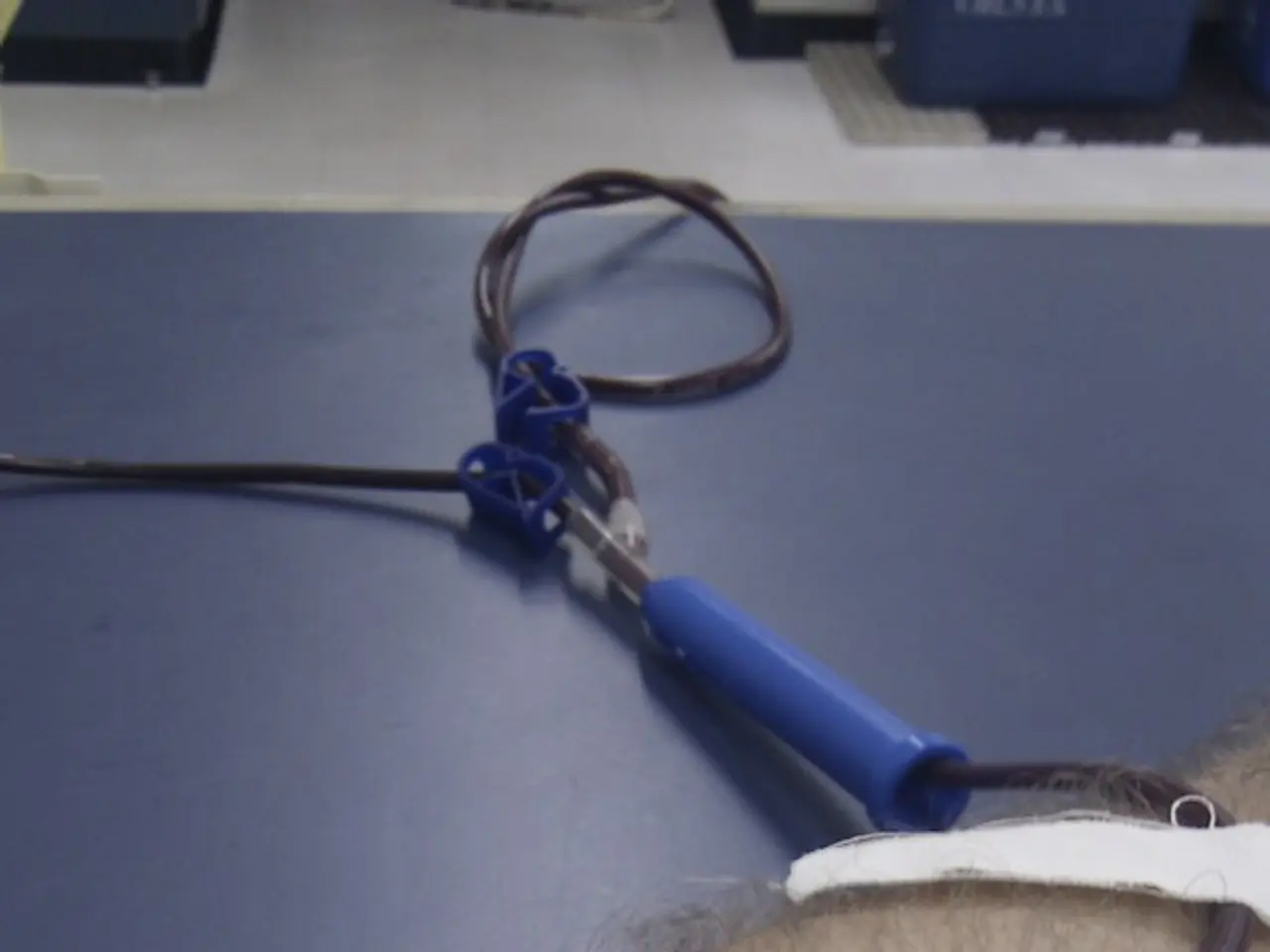Home Nebulizer Therapy: A Comprehension and Guidance on Utilization
Managing respiratory conditions such as COPD, cystic fibrosis, asthma, emphysema, and chronic bronchitis at home can be made easier with the use of a home nebulizer. Here's a guide on how to use and maintain your home nebulizer effectively and safely.
### Using a Nebulizer
To ensure the best results, it's essential to use your nebulizer exactly as prescribed by your healthcare provider. Avoid sharing your nebulizer with others to prevent cross-contamination. Carefully follow medication preparation instructions, and always use the nebulizer in a clean, dust-free environment to avoid additional respiratory irritation.
### Cleaning the Nebulizer
Cleaning your nebulizer after every use is crucial to prevent infections or device contamination. Immediately after each treatment, disassemble the mouthpiece/mask, medication cup, and tubing (if detachable). Wash the parts (except tubing) with warm soapy water using mild detergent, rinse thoroughly with clean water, and air dry on a clean towel or drying rack away from dust.
For more thorough cleaning, soak the parts in a vinegar-water solution (1 part vinegar to 3 parts water) for about 30 minutes, then rinse well. This helps to kill bacteria and remove residue. Air dry all parts on a clean towel or drying rack away from dust. Replace nebulizer parts such as tubing, masks, and medication cups periodically according to manufacturer guidelines or if visibly worn or damaged.
Follow specific cleaning instructions for medications used with the nebulizer, such as after using mucolytic agents like Mucomyst (acetylcysteine), where thorough rinsing and disinfection are essential to avoid residue buildup and ensure safety. Avoid using harsh chemicals or bleach unless specified by the manufacturer.
Store the nebulizer components in a clean, dry place when not in use. Consider using cleaning tablets designed for respiratory devices occasionally for deep sanitizing, although manual washing remains essential.
### Additional Recommendations
Regular maintenance prevents bacterial growth and contamination, which is critical for patients with chronic respiratory conditions. Monitor the device for any damage and replace parts as recommended or if there are any signs of malfunction. Consult your healthcare provider if symptoms worsen or do not improve with treatment.
### General Safety and Maintenance
Home nebulizers do not require coordination with breathing, making them easier to use than inhalers for certain groups. Home nebulizer therapy delivers medication more deeply into the lungs than some people can manage on their own.
To use a home nebulizer, wash your hands thoroughly, place the correct dose of medication in the nebulizer cup, dilute it if necessary, place the top piece on the cup, fit the face mask or mouthpiece, connect the tubing, and turn on the compressor while breathing normally. Home nebulizer therapy transforms medication into a breathable mist for inhalation.
Home nebulizer therapy can be used with many different types of medication and can deliver more than one type at a time. It's important to work with a doctor to determine the best type of nebulizer to use and how often to use it. A home nebulizer therapy session typically lasts for 15-25 minutes.
The compressor and tubing should be cleaned with a soapy cloth and not soaked in water. After using the home nebulizer, it should be taken apart for cleaning. After each use, the equipment should be stored in a clean bag, and the unit should not be left assembled to prevent contamination.
The home nebulizer therapy system consists of a medication cup, a top piece, a compressor (which can run on electricity, batteries, or a car adapter), tubing, and a face mask or mouthpiece. Air compressors typically have an air filter that should be replaced according to the manufacturer's instructions.
Only 10-15% of the medication absorbed by the lungs during nebulizer therapy, which means that the device needs to be used correctly and maintained to ensure its effectiveness. Adhering to these best practices ensures the nebulizer remains hygienic and effective, helping to manage respiratory symptoms safely and efficiently.
[1] Mayo Clinic. (2021). Using a nebulizer. Retrieved from
- To effectively manage asthma, it's crucial to follow the medication preparation instructions for the nebulizer, ensuring a clean, dust-free environment for use to avoid additional respiratory irritation.
- In addition to regular exercise and health-and-wellness practices, maintaining a clean and well-maintained nebulizer, as with a home nebulizer for respiratory conditions like emphysema or chronic bronchitis, is crucial to prevent contamination and infections.
- For those with medical-conditions like COPD, cystic fibrosis, or asthma that require respiratory-conditions management, using a home nebulizer in conjunction with fitness-and-exercise can lead to improved lung health and better symptom management.




